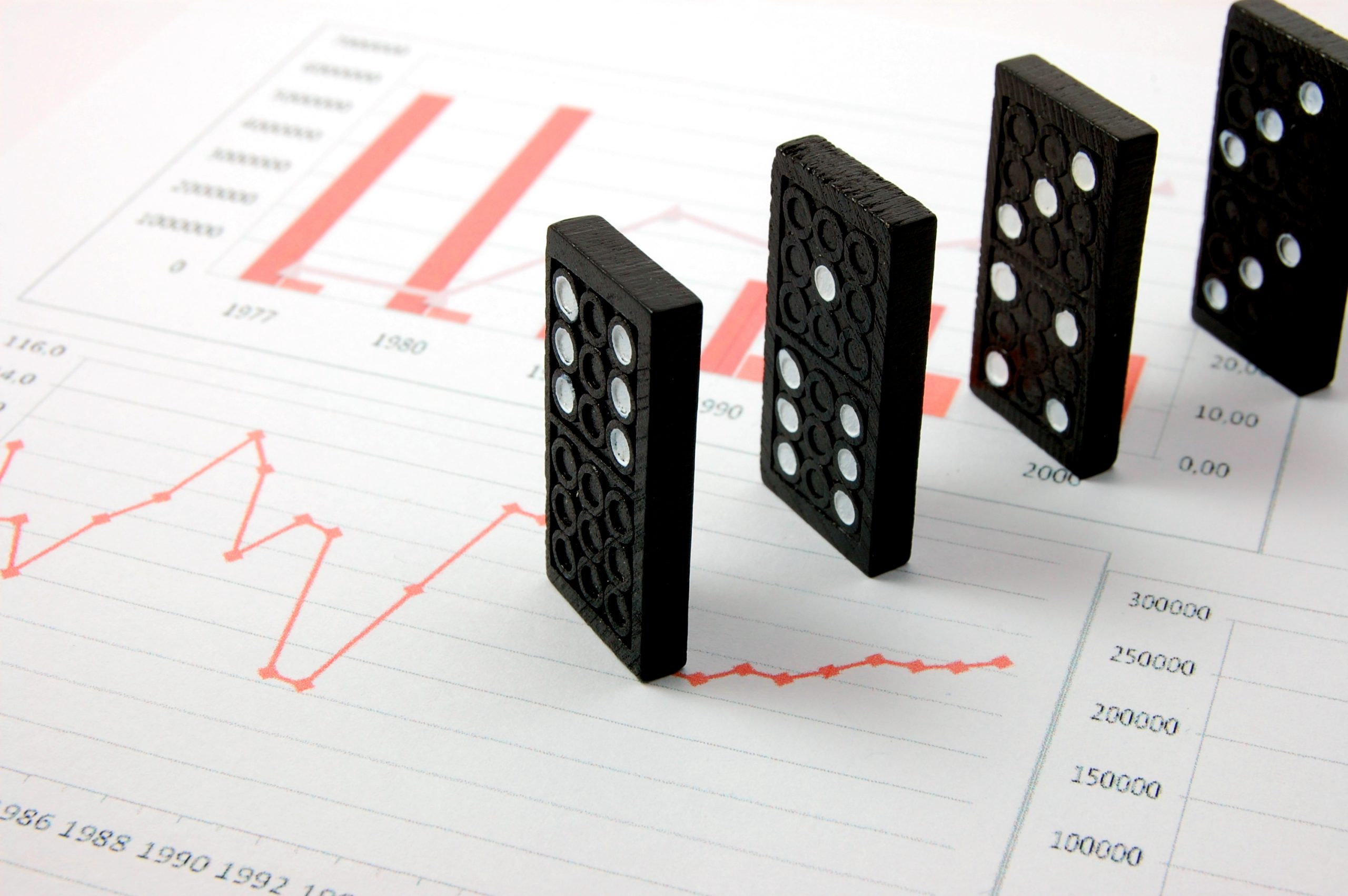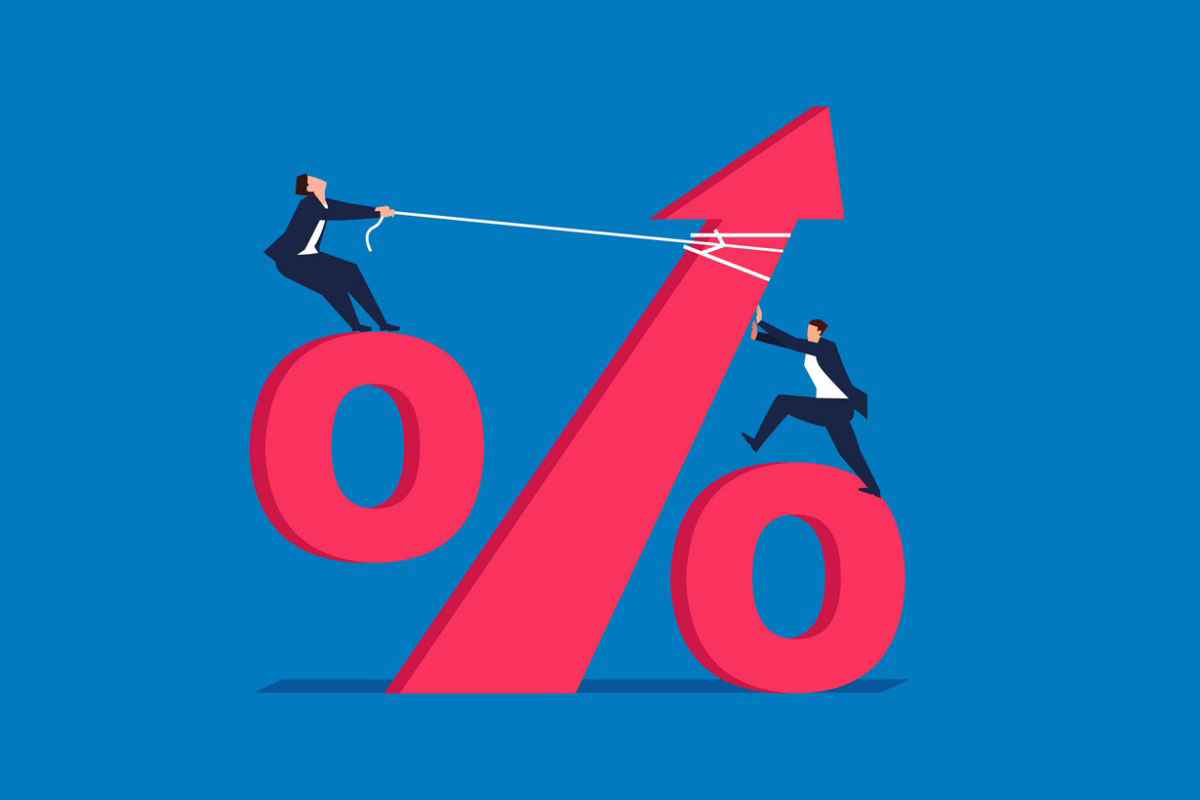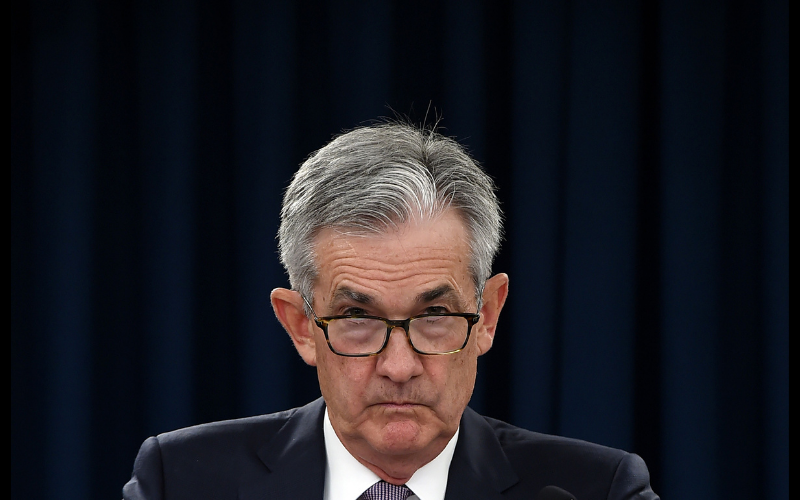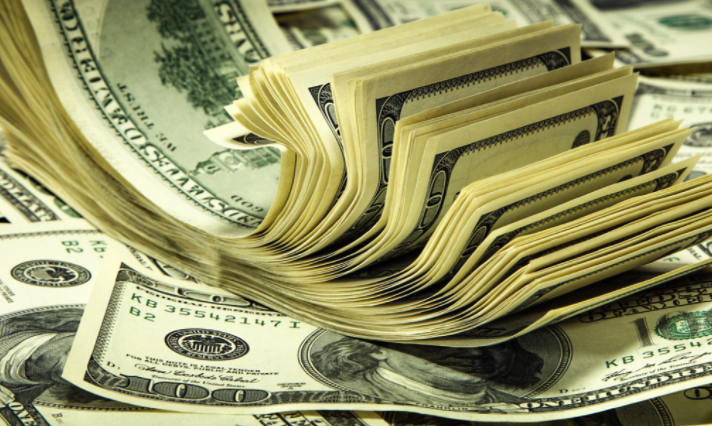Daily FX Market Roundup 06.08.2022
By Kathy Lien, Managing Editor
The U.S. dollar climbed to its strongest level against the Japanese Yen in more than 2 decades.
The European Central Bank has a monetary policy announcement in less than 24 hours, but half-way through the week, persistent demand for U.S. dollars continue to be the primary driver of currency flows.
Even as U.S. stocks jockeyed around, USD/JPY marked its seventh out of eight straight days of gains. Typically Japanese Yen crosses weaken in consolidative uneasy market environments but the strength of USD/JPY took all of the Japanese Yen crosses to multi-year highs on Wednesday. The Federal Reserve’s aggressive plans for tightening this year is the main reason for robust dollar demand but the prospect of Quantitative Tightening, which is the opposite of quantitative easing caused investors to shrug off mixed data and step up their purchases this month.
Last month the central bank laid out a plan to reduce their balance sheet starting on June 1st. The QT process, involves capping the amount of reinvested principal payments, allowing more bonds to mature on their designated date.
However the first tranche of debt does not mature until June 15th which means the impact on the economy has yet to be seen.
One of the most important consequences of QT is tightening of financial conditions and reduction in liquidity in the Treasury market which by extension drives yields and the U.S. dollar higher.
Inflation data is also scheduled for release on Friday and everyone is worried about heady price growth. Policymakers have been on the wires lamenting about high prices and according to Treasury Secretary Janet Yellen, 8% inflation is just unacceptable.
We have every reason to believe that the CPI report on Friday will reinforce the need for aggressive and urgent action from the Fed.
Although stocks are holding steady, the equity and crypto market are particularly vulnerable to the combination of QT and rate hikes. For forex, this means weakness for high beta currencies. The European Central Bank has made it very clear that they plan to raise interest rates in July so when they meet on Thursday, they will lay the ground work and make the case for tightening.
Part of the reason why they have chosen July instead of June to hike is because economic projections are prepared and released for this month’s meeting which helps to make the case for tightening. Inflation, which is running at an uncomfortably high rate at a record breaking rate of 8.1% in May is the primary reason for the move so there’s no doubt that inflation projections will be increased.
However growth projections could be reduced as prices, supply chain, the Russian invasion and rising interest rates curb activity. Yet between the ECB’s hawkish tone and the prospect of a brand new tightening cycle, we expect renewed demand for euros, particularly against the crosses.
While 1.08 EUR/USD is possible, traders will have to juggle demand for EUR and USDs which means overall gains could be limited. Tonight’s Chinese trade report is not expected to have a significant impact on the Australian and New Zealand dollars. While the COVID lockdown will negatively impact exports, the appreciation of the dollar and euro boosts the value of China’s overseas holdings.
The Australian dollar has seen very little demand after the Reserve Bank of Australia’s rate hike this week. AUD and NZD are likely to weaken the most if stocks sell-off and the U.S. dollar continues to rise.
The Canadian dollar on the other hand is supported by rising oil prices, stronger IVEY PMI and the prospect of healthy labor market numbers on Friday.





